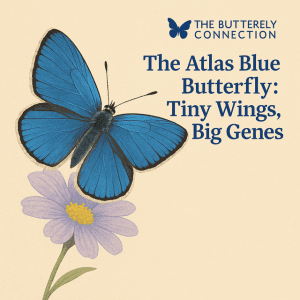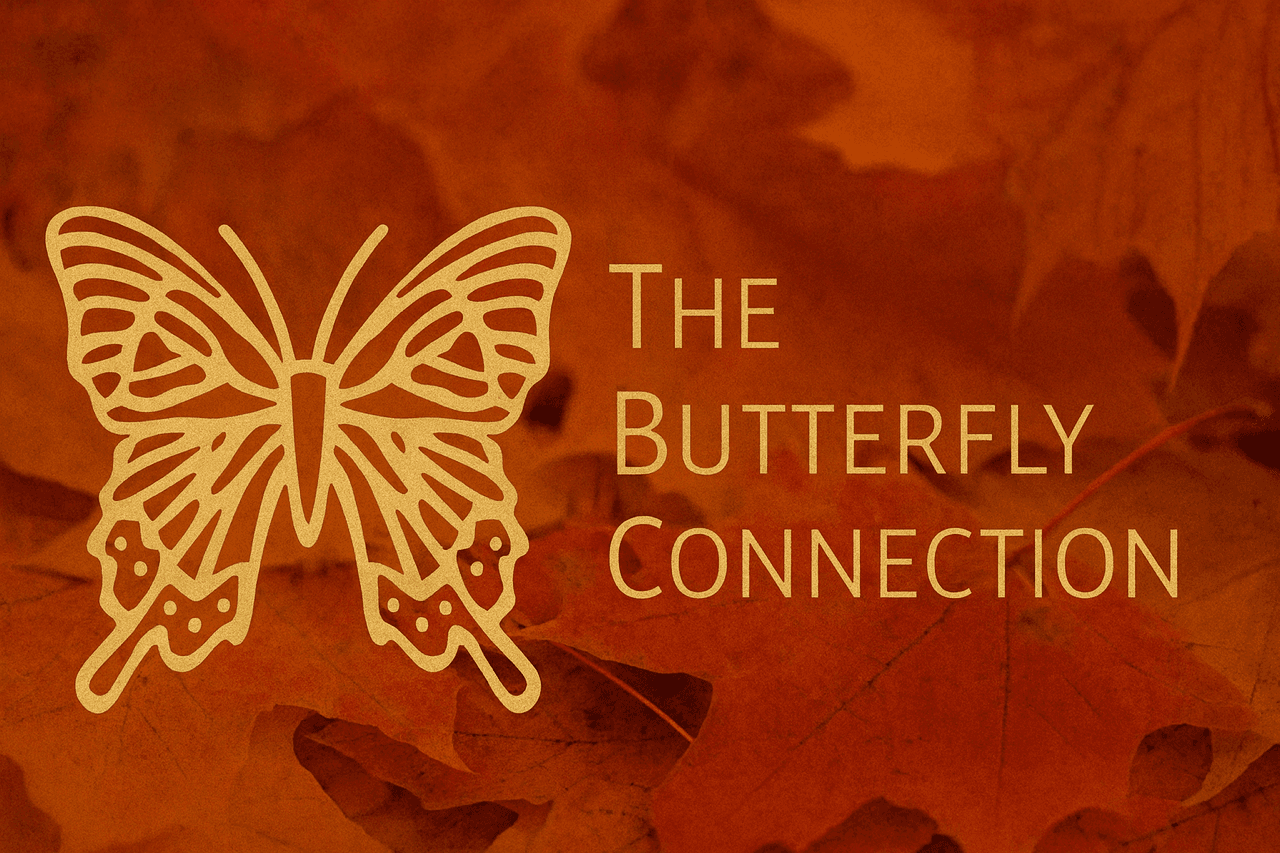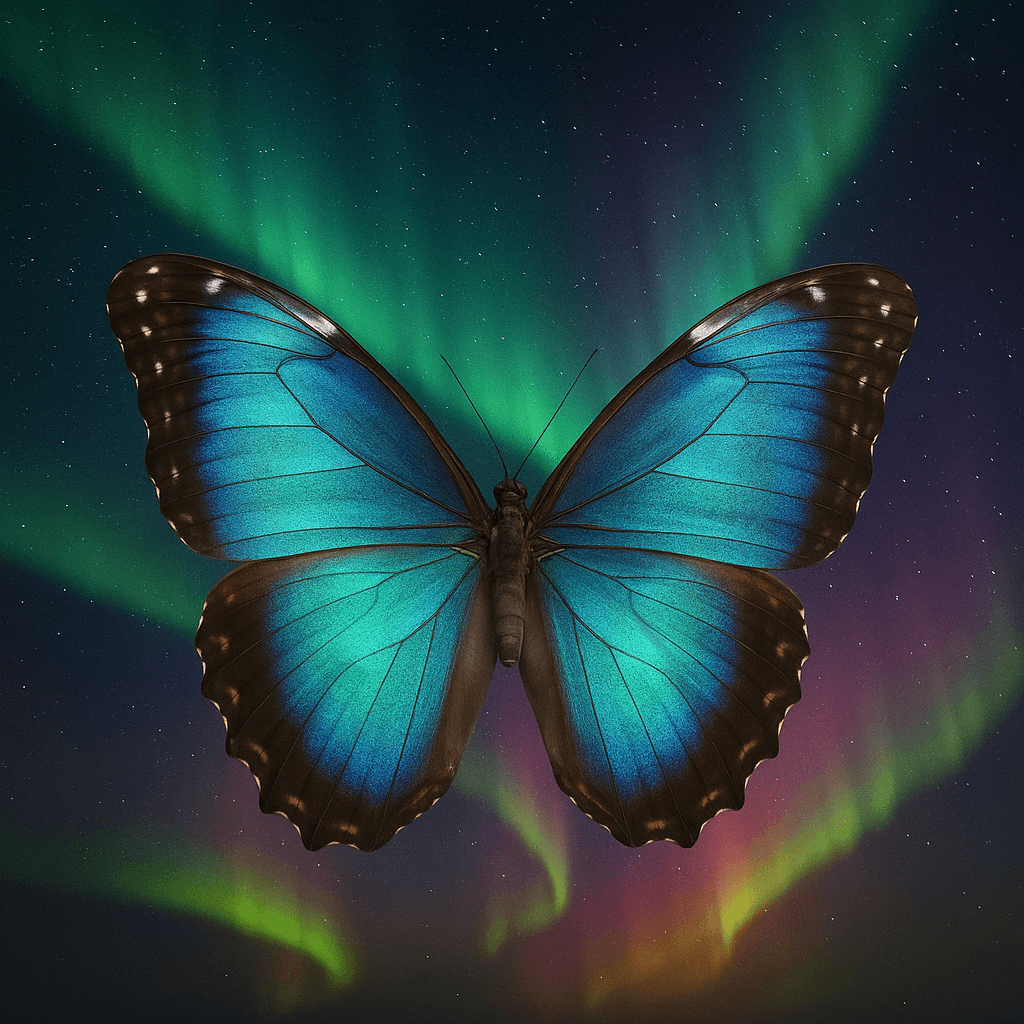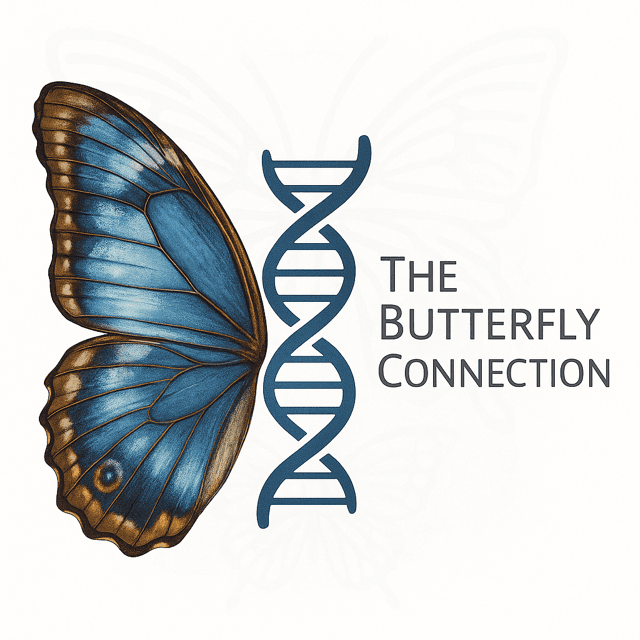
Did you know the tiniest of butterflies is hiding the biggest genetic secret in the animal kingdom? Move over blue whales and elephants — the Atlas blue butterfly (Polyommatus atlantica) has just earned the record for the highest chromosome count of any multicellular animal on Earth: a jaw-dropping 229 pairs. That’s not just a world record… it’s practically a genetic mic drop.
According to researchers in a new study reported by ScienceDaily, this delicate butterfly from Morocco’s Atlas Mountains beats out every other animal in sheer chromosome abundance. To put it into perspective: humans get by on a humble 23 pairs. The Atlas blue? It’s rocking ten times that. Talk about being overachievers in the DNA department.
Why So Many Chromosomes?
Scientists are still unraveling why butterflies (and especially blues) shuffle their genes like Vegas card dealers. Chromosome numbers in the Polyommatus genus vary wildly, which makes them evolutionary gold mines for studying adaptation, speciation, and biodiversity.
In other words: the Atlas blue isn’t just showing off. Its genetic excess could help us understand how species diversify, survive, and sometimes, sadly, vanish. That matters when global butterfly populations are facing sharp declines — a recent Xerces Society report shows a 22% drop in U.S. butterfly abundance since 2000.
Butterflies: Science Marvels and Conservation Warnings
On one hand, we have butterflies like the Atlas blue dazzling us with genetic fireworks. On the other hand, we’re watching once-common species disappear. The Midwest has seen nearly half of its butterfly species decline over the last few decades (Michigan Public Radio).
It’s the ultimate paradox: butterflies are simultaneously some of the most resilient and most fragile creatures on Earth. That’s why scientists are pushing roadmaps to recovery, citizen science counts, and habitat restoration — because without intervention, many of these beauties could become footnotes in natural history books.
Fun Fact: A Butterfly Could Out-Study You
If chromosomes were textbooks, the Atlas blue would have a personal library rivaling the Library of Congress. Imagine how many science fair projects it could ace with that kind of genetic toolbox. (And here you were proud for memorizing the periodic table once in high school.)
What You Can Do
You don’t need to trek the Atlas Mountains to help butterflies thrive. Planting native nectar sources, reducing pesticide use, and participating in monarch counts all make a difference. Even better? Surround yourself with reminders of how magnificent butterflies are.
At The Butterfly Connection, we specialize in bringing that wonder into your home with real framed butterfly art that celebrates species from around the world — ethically and sustainably sourced. Every display is a miniature museum piece, connecting you to the same natural marvels scientists are still discovering.
Just imagine: while the Atlas blue keeps scientists busy decoding its DNA, you could be admiring a vibrant Madagascar sunset moth or a striking Blue Morpho on your wall — no lab coat required.
Closing Thoughts
The Atlas blue butterfly may be small enough to perch unnoticed on a daisy, but its chromosomes make it a heavyweight champion of genetics. It’s a reminder that nature is endlessly surprising — and that even the tiniest wings can carry the biggest secrets.
So the next time you admire butterfly art on your wall (hopefully from our collection 😉), remember: you’re not just looking at beauty. You’re looking at a creature with mysteries deeper than we’ve even begun to fathom.
Share:
Social Media
Most Popular
Subscribe To Our Newsletter
Categories
- Education (30)
- Family (5)
- Fun Facts (21)
- Inspiration (28)
- Local (2)
- News (2)
- Science (7)
- Technology (2)
- Uncategorized (1)
Related Posts
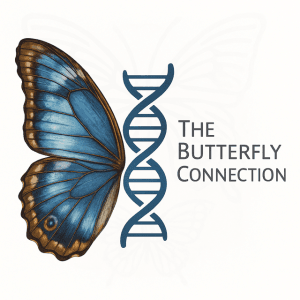
Butterfly Science Breakthroughs of 2025 – What New Research Reveals — and Why It Matters for Conservation, Curiosity & The Butterfly Connection
Butterflies aren’t just garden jewelry. They are biological masterworks — breathing examples of evolution, engineering, adaptation, and survival. And 2025 has been an exciting year
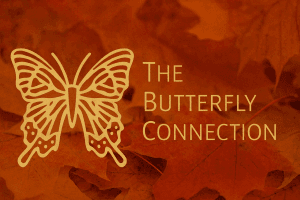
Five Things Butterflies Can Teach Us About Gratitude This Thanksgiving
As Thanksgiving rolls in—with its parade of pies, packed dinner tables, and the annual debate over who’s making the stuffing—it’s easy to get caught up

When the Sky Glows, So Do the Wings: What the Northern Lights Can Teach Us About Butterfly Brilliance
This week, much of the U.S. is turning its eyes northward as a rare and powerful geomagnetic storm sets the stage for a dazzling aurora

Butterflies vs. Moths: What Science Says About Their Differences
They flutter through the same skies, sip from the same flowers, and occasionally sneak into the same frame — but scientifically speaking, butterflies and moths
